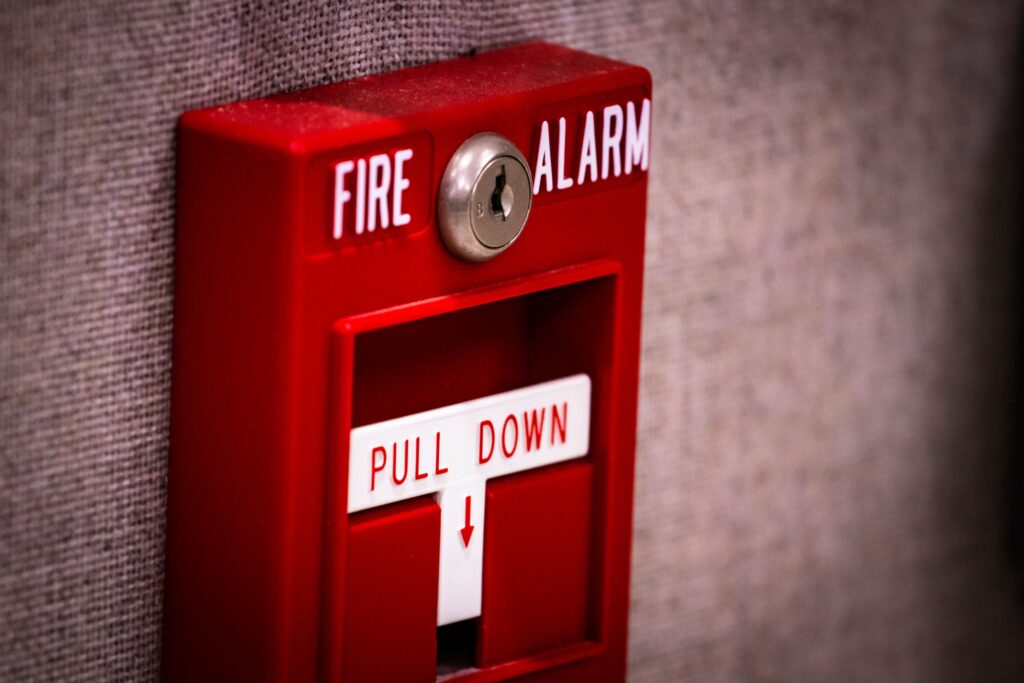Student safety has always been a priority for parents, educators, and advocates of positive student learning outcomes.
For teachers and administrators, school safety drills are a must-have when it comes to promoting and facilitating a safe school environment. When it comes to the daily operations of a school building there are multiple different safety drills.
These include having students conduct fire drills, tornado, earthquake, and hurricane drills, active shooter scenarios, and a schoolwide lockdown situation. Preparation and planning are needed to maximize school safety. Implementing best practices and a code of conduct is also important.
Preparation and Planning
Traditionally, most schools have a School Safety Plan. This plan is coordinated by school administration, the School Resource Officer (SRO), guidance counselors, and district office personnel.
It is important to keep the whole child approach in mind when it comes to school safety. Building a team and creating a comprehensive school safety plan is important for every person in the school building.
School leaders who create a positive school culture and climate collaborate with multiple partners to guarantee schoolwide success. There needs to be a communication and collaboration system between teachers, building-level administrators, and district office administrators.
School principals are responsible for academic achievement, establishing positive community partnerships and also take the lead in establishing a trauma-informed school.
By working with others, school principals and assistant principals often work together with guidance counselors to facilitate professional development for handling trauma and student mental and physical safety.
Assessing individual student needs and understanding how students learn and handle stress is important when considering what protocols to put in place for developing a school safety drill.
In addition to natural disasters or outside threats, there are also events that may be traumatic to students and adults.
Students have issues at home and school that can include extreme poverty, abuse and neglect, and high absentee rates. Having a way for students, families, and staff to have open dialogue and communicate effectively builds a sense of trust and community.
Oftentimes, when it comes to school safety drills, the first thought that comes to mind is a big natural disaster or a school intruder. Although it is very important always to plan thoroughly and consider these scenarios, it is also important to understand that trauma looks and feels different depending on the person.
This is especially true when it comes to the growing and developing minds of school-aged students. When preparing trauma-informed school plans, this should be applied to safety drills and students’ individual needs.
Implementation and Conduct
Students bring to school the issues at home and in their communities. Trauma informed teachers and administrators need to consistently self-monitor to identify signs of students in trauma. Training teachers and staff to identify signs of stress and of discomfort within students.
School leaders play a vital role in creating a trauma-informed environment in schools. This translates into establishing school safety drills and providing resources and school personnel such as guidance counselors and school psychologists to help students in a small group or individual setting with personal trauma.
In students this can be shown with a lack of focus, anxiousness, tiredness, poor hygiene, and difficulty handling emotions. Implementing best practices when using a trauma-informed plan in schools includes:
- Fostering open communication and supportive relationships
- Creating a Safe and Predictable Environment
- Validating anxiety and distress without escalation.
- Prioritizing Choice and Control
- Normalizing Positive Mental Health
Establishing and maintaining a trauma-sensitive school includes having a positive school climate and involving all stakeholders in education.
These stakeholders include teachers, school administrators, school board members, and local leaders in the community. Creating an atmosphere of trust and understanding of how to cope with trauma is a joint effort to ensure the mental well-being of students.
Understanding a schoolwide approach to student safety and well-being is important when it comes to safety drills. Meanwhile, on an individual basis, it is just as important to help students deal with personal trauma.
SchoolSafety.gov has an excellent website with resources to support schools on both a broad systemic level and also on an individual basis.
This resource page has information on School Climate, Reporting Systems, Threat Assessments, Staff and Faculty Training, Student Training, Emergency Operation Systems, and a Safety Readiness Tool. Utilizing these tools and implementing best practices creates an environment that supports trauma-informed practices.
As we continue to learn more about mental health and trauma in school-aged children, it is important to remember the need to understand the issues that affect students and the adults that lead them.
Focusing on community support, using professionals to identify signs of trauma, and finding solutions to cope with stress are crucial to ensuring students learn how to grow to become functioning adults. This translates into a safer school environment and future adult citizens who will positively contribute to society.
Have a passion for trauma and resilience in schools? Explore our available trauma and resilience graduate degrees and get started today!




